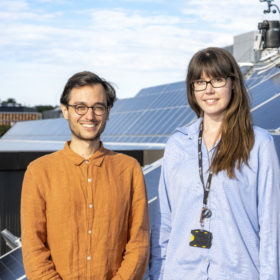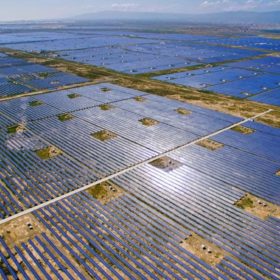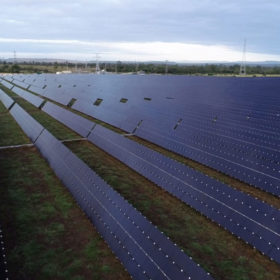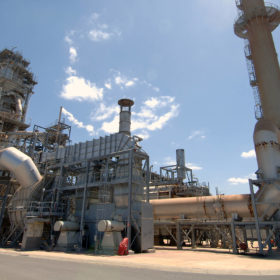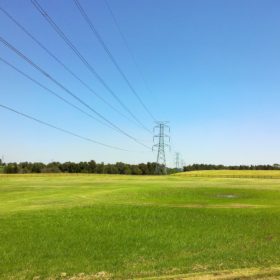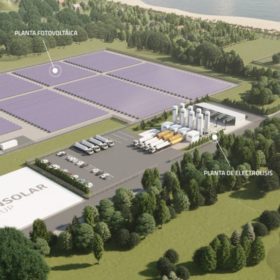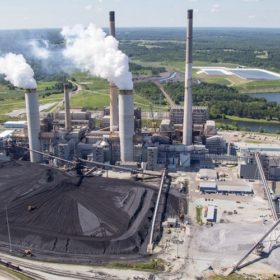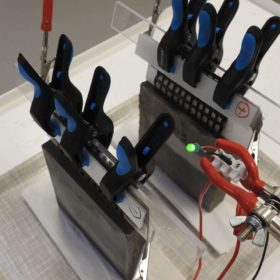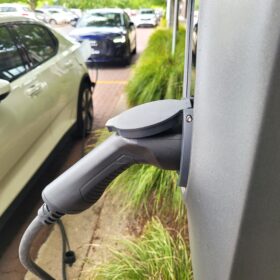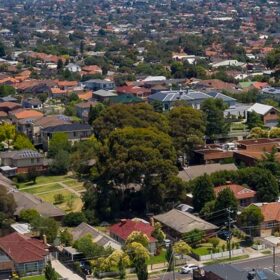UNSW digs the data: How much solar energy is lost through automated inverter settings?
In a huge data-crunching project designed to inform rooftop solar-export policy and regulations, UNSW technical and social researchers delve into the costs and effectiveness of inverter standards.
Sunday read: All that glitters is HJT
The devil is in the details, as they say, and when it comes to the next generation of mass-produced, high-efficiency PV cells, silver costs may be devilishly hard to reduce. Making things worse, prices for the precious metal are now heading in the wrong direction.
Saturday read: New applications see surge in Chinese demand
China’s project development segment is dynamic, to say the least. Having undergone significant changes toward a “subsidy-free” footing, developers are now facing requirements to integrate storage, deploy hybrid arrays, and pursue self consumption through BIPV and agrivoltaics applications, writes Frank Haugwitz, the director of the Asia Europe Clean Energy (Solar) Advisory (AECEA).
AI-powered trading platforms on the rise in fast-moving markets
Australia’s energy transition from traditional generation to renewable resources is quickening and global energy technology provider Fluence has highlighted that asset operators are turning to automated bidding solutions as they seek to navigate an increasingly complex market.
Ampol unveils renewable hydrogen plan for oil refinery site
Australia’s largest petroleum company Ampol has declared its intent to transition away from traditional oil-based fuels, teaming with Ireland’s Fusion Fuel to develop a solar-powered hydrogen production plant at it’s oil refinery in Queensland.
Neoen signals start of construction for Queensland green energy hub
French renewables developer Neoen is pushing ahead with plans to construct a 157 MW wind farm and 100 MW battery project in Queensland’s far north just weeks after federal resources minister Keith Pitt blocked public funding for the project.
Hydrogen to be produced from seawater in Spanish solar-plus-storage plant
Spanish PV project developer Gransolar is planning to build a large-scale green hydrogen production plant in the Port of Almería, in southern Spain.
Novel approach to turn coal plants into energy storage stations goes into testing
Funded by a United States’ Department of Energy grant, the project will evaluate Malta Inc.’s thermal energy storage system as a viable, scalable solution.
Concrete battery for applications in buildings, rooftop PV
A prototype of a cement-based battery has been developed in Sweden for potential applications in buildings. Its creators claim it could become a solution to store electricity from rooftop PV and they do not exclude that it could also be used for the storage of large-scale renewables.
‘Software as a service, that’s the key’: why major solar business CEO says its all about data
In 2020, Anson Zhang, the CEO of Australia’s largest solar distributor, One Stop Warehouse, launched Discover Energy – entering the electricity retail space. The decision, Zhang told pv magazine Australia, confused many. Why would a company dominating solar supplies pivot to retailing. The simple answer: data.
